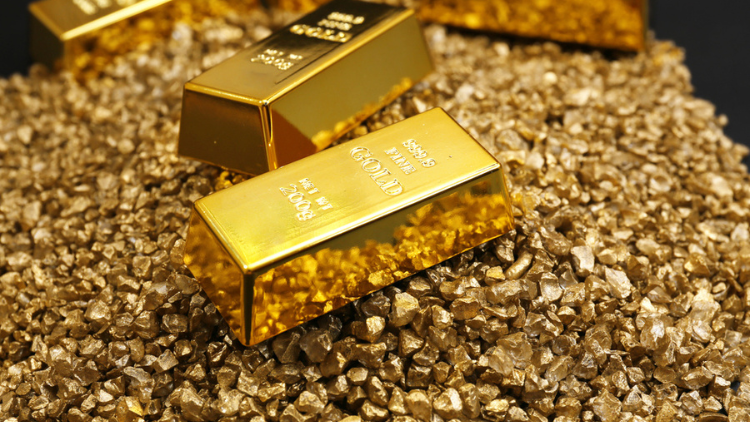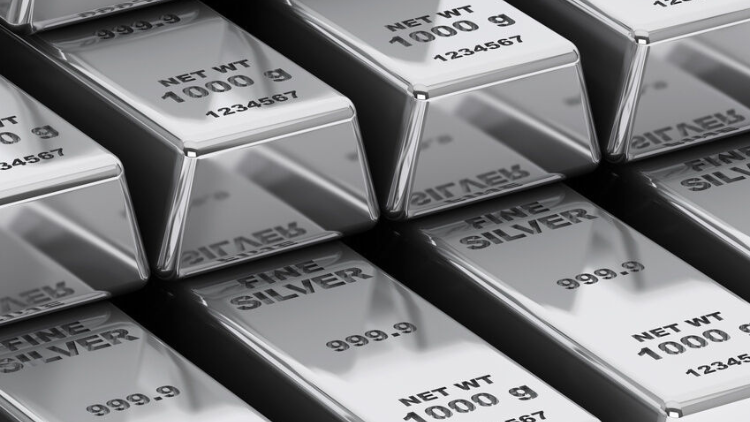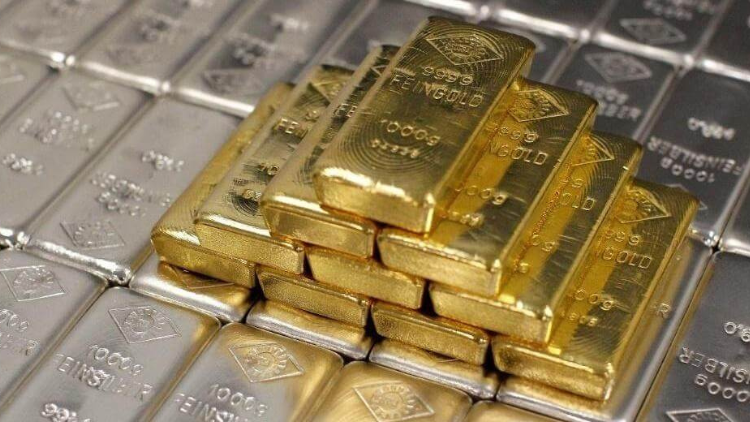Precious metals like gold, silver, and bullion have long been a fascination and a haven for investors seeking stability amid economic fluctuations. In recent years, particularly with the advent of the pandemic and ensuing market disruptions, their value and perceived security have come under intense scrutiny.
Understanding where these metals stand today involves looking at current market trends. While daily price fluctuations make headlines, it’s the broader strokes – regulatory changes, technological advancements, and shifts in investor behavior- that actually carve the path for their future.
Historically, these assets have shown resilience, frequently bolstered in times of elevated uncertainty or inflation. Their performance, measured against decades of economic cycles, sometimes tells of their buoyancy and at other times, their vulnerability to global trends.
Speaking of impact, the global economic conditions cannot be understated. From central bank policies to international trade agreements, a myriad of factors converge to chart the course of precious metals markets. Increasingly, investors look not just to current conditions but to forecasts of these very factors when making decisions.
With this backdrop, the next section will turn to gold specifically, peering into the expert analyses and economic indicators that may shape expectations and strategies around this timeless asset.
The Future of Gold: Insights and Predictions

As I turn my gaze towards the glimmering prospects of gold, it’s clear that expert analysis and economic indicators paint a complex picture of the future. For centuries, gold has been a symbol of wealth and a store of value, and its cultural and financial significance endures today. But what does the road ahead look like for this venerable asset?
Economic experts who keep their fingers on the pulse of market dynamics generally uphold gold’s reputation as a safe haven, especially during times of inflation or currency weakness. It’s not a secret that gold often moves counter to the strength of the dollar. With inflation concerns on the rise globally, many investors turn to gold as a protective measure against the erosion of purchasing power.
Yet, predictions are not a one-way street. Volatility in the gold market can be triggered by varying interest rates, shifts in monetary policy, and even changes in investor behavior. Given the interconnectedness of global economies, geopolitical events can also send ripples through the gold market. A geopolitical crisis, for example, typically drives up the demand for safe assets, inflating gold prices.
One thing is for sure: the future of gold isn’t written in stone. Understanding the range of factors that can influence its trajectory is CRUCIAL. Investors should be mindful of both macroeconomic indicators and broader systemic shifts that could shape the demand for gold in the years to come.
Silver’s Role in an Evolving Market

I want to zero in on silver now, a metal that often sits in the shadow of its more glamorous counterpart, gold. While typically seen as an investment asset, silver carries a dual persona due to its significant industrial applications. In fact, its role in sectors like solar energy, electronics, and medical technologies is rapidly expanding.
Here’s a fascinating fact for you: approximately half of silver’s demand comes from industries. It’s a critical component in photovoltaic cells for solar panels and a wide array of electronic devices – and these markets are growing. This industrial demand can be a double-edged sword; while it supports consistent consumption, it also ties silver’s fate closely with the global industrial production cycle.
Investors often overlook silver’s potential in favor of more stable assets. But consider this angle: as we move towards a more eco-conscious world, silver’s role in green technologies might just become a star player in its demand. That said, its price can be a roller coaster, more volatile than gold. This behavior adds a layer of complexity to predicting silver’s performance as an investment.
As I transition from silver to the broader bullion market context, it’s important to grasp that while silver’s industrial appeal is a boon for its demand, its smaller market relative to gold does lead to sharper price movements. Investors interested in silver should not only look at the market’s current pulse but also at the trajectories of relevant industries. Changes in such realms could provide significant signals for where silver, and indeed bullion, may be headed next.
The Bullion Market: A Safe Haven or a Volatile Investment?

When I reflect on the bullion market, I’m reminded of the fierce debate among investors. On one side, you have those who swear by bullion as the cornerstone of security in a portfolio. On the other, skeptics view it as subject to unsettling volatility.
Physical bullion has an allure that’s existed since ancient times. There’s a sense of tangibility that comes with holding gold or silver bars, giving some investors a feeling of more control over their wealth. But with this comes responsibility like storage and insurance, leading to additional costs. Plus, the liquidity of bullion may not always match that of other investment vehicles.
The performance of bullion is intrinsically linked to market perceptions during both smooth sailing and turbulent times. In periods of economic stability, bullion might see less interest as investors turn to more yield-generating assets. Conversely, during market turbulence, bullion often sees an uptick in interest as a ‘safe haven’ asset.
Yet, investing in bullion is not without its hazards. Apart from the general risks of price fluctuation, factors such as authenticity concerns, the possibility of theft, and the cost of physical possession can be deterrents. As such, some investors are understandably cautious.
Making an informed decision about integrating bullion into an investment strategy requires weighing these factors carefully. Risk tolerance, investment horizon, and portfolio objectives are critical considerations. Each investor’s approach will be as unique as their financial goals.
Investment Strategies for a Future-Proof Portfolio
When considering how to incorporate precious metals into your investment strategy, diversification emerges as a cardinal rule. Including gold, silver, and bullion in your portfolio could provide a buffer against the unpredictability of the stock market and currency fluctuations.
The seasoned investor weighs the options between physical and paper forms of these metals. While physical assets like coins and bars carry the tangible security of ownership, paper investments such as ETFs offer ease of liquidity and convenience.
It’s crucial to be aware of the costs associated with purchasing and storing physical metals compared to the sometimes lower costs of owning paper assets. Moreover, the tax implications of investing in each form can differ significantly.
Above all, staying informed about the latest market developments and engaging with a financial advisor who understands your objectives is essential. An informed approach ensures that precious metals can contribute positively to your financial health and investment ambitions.



